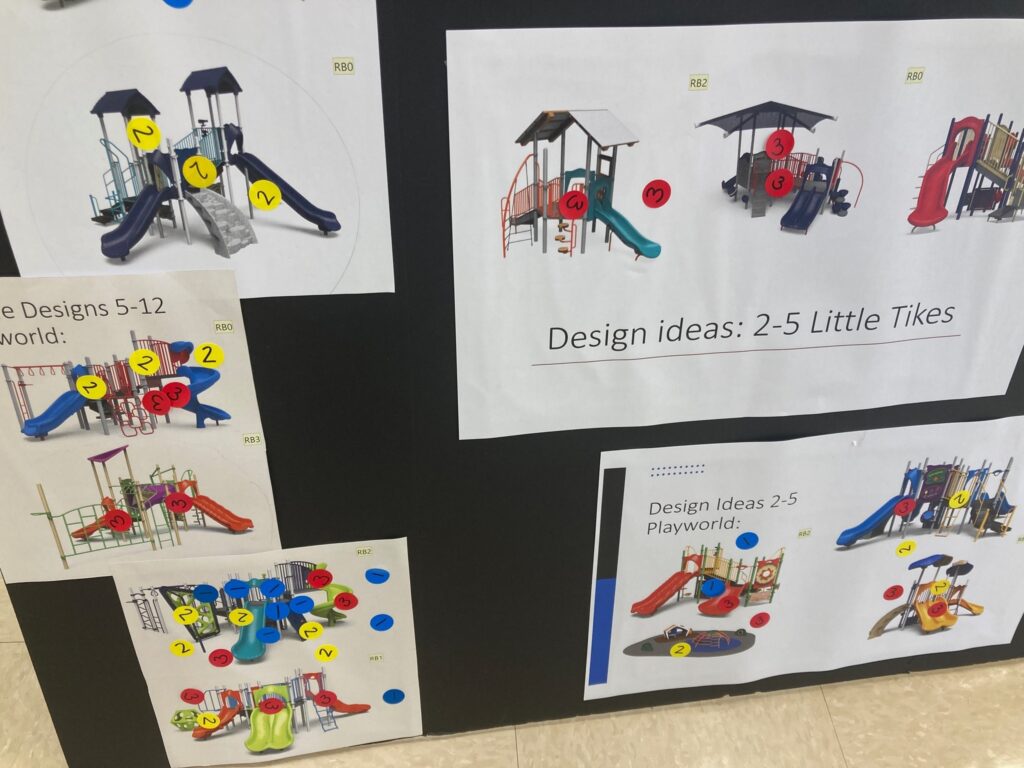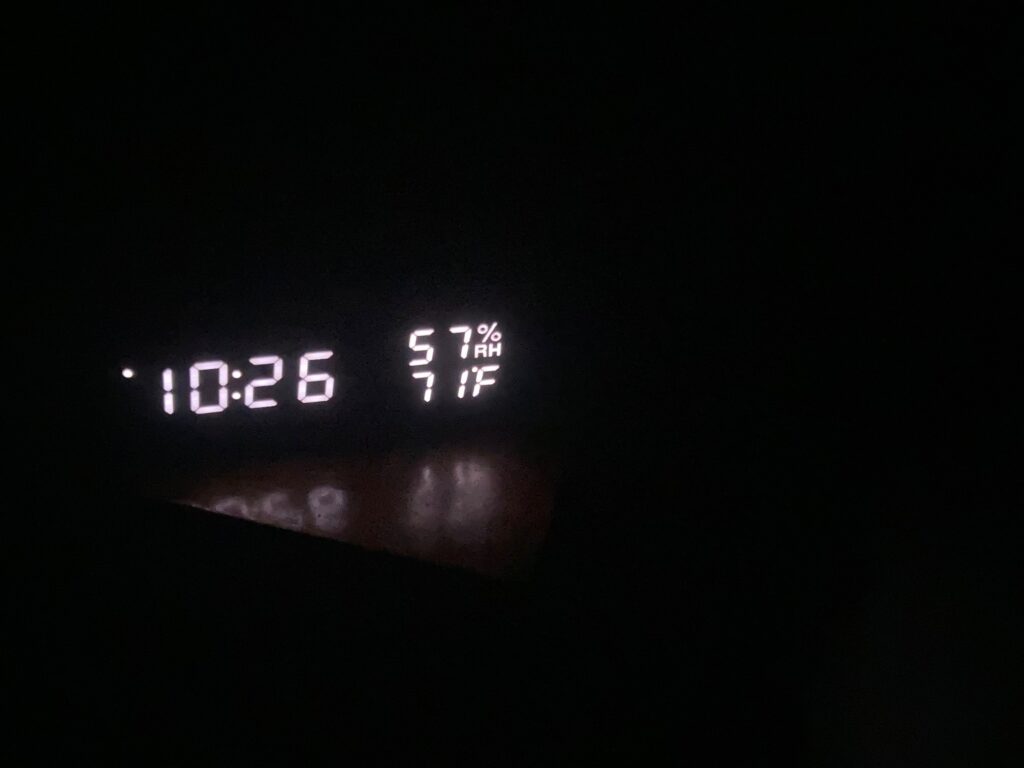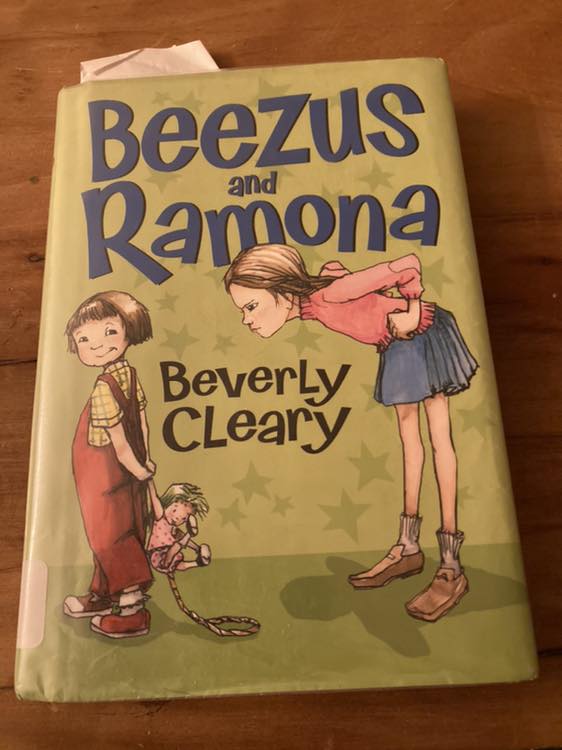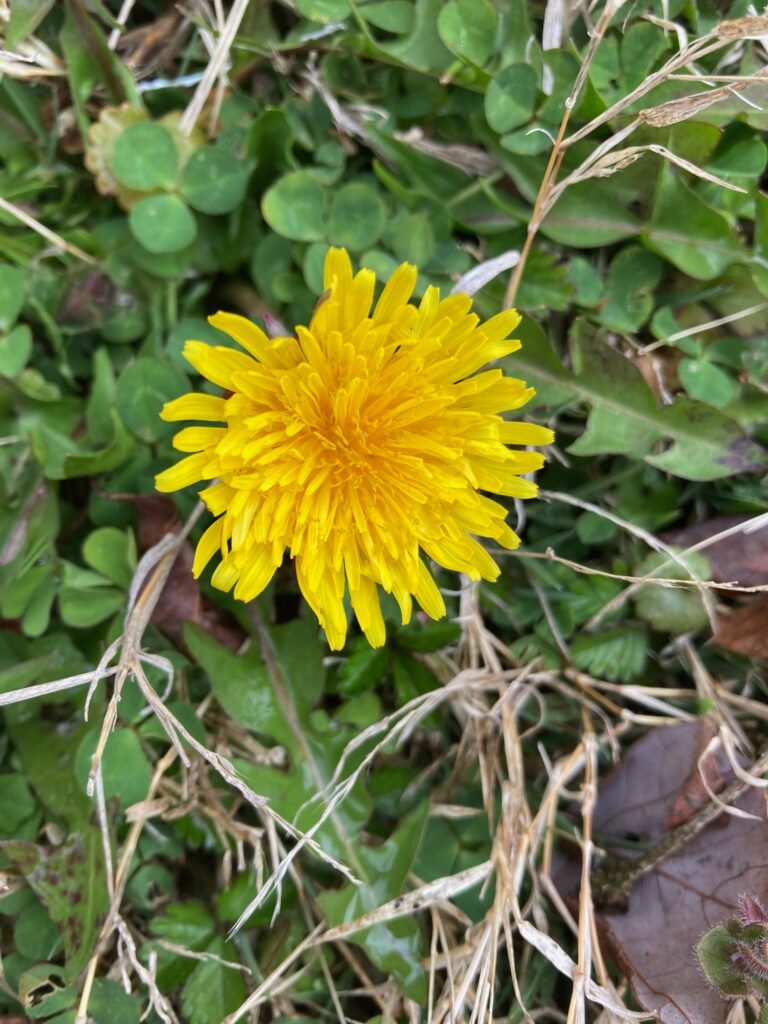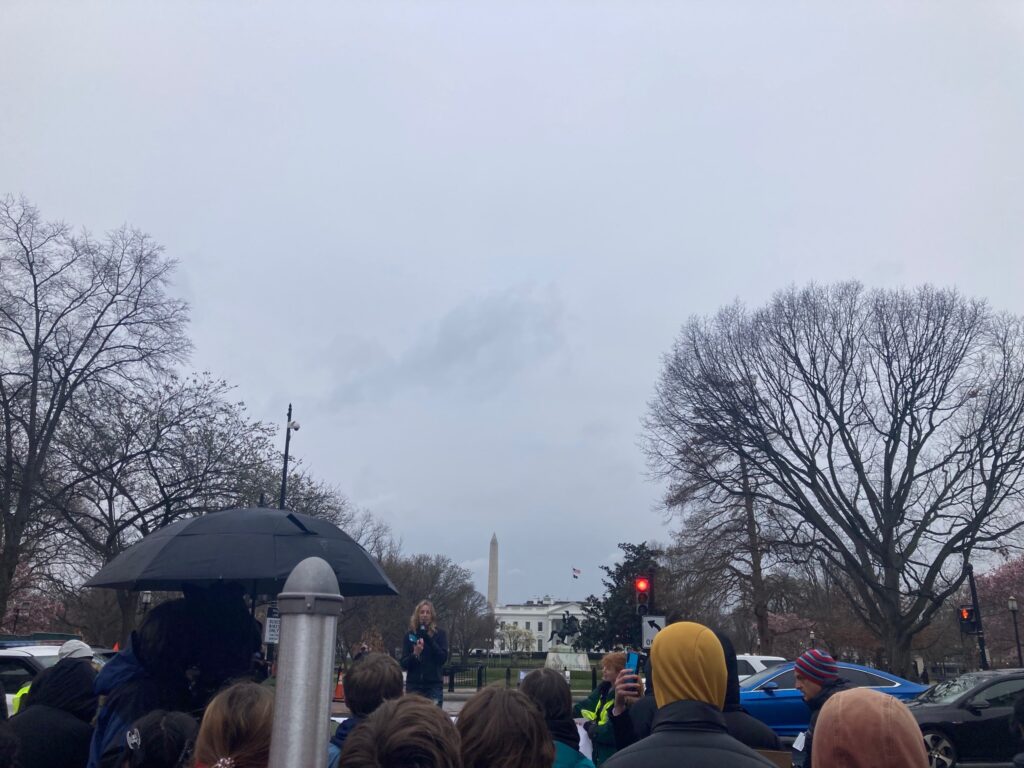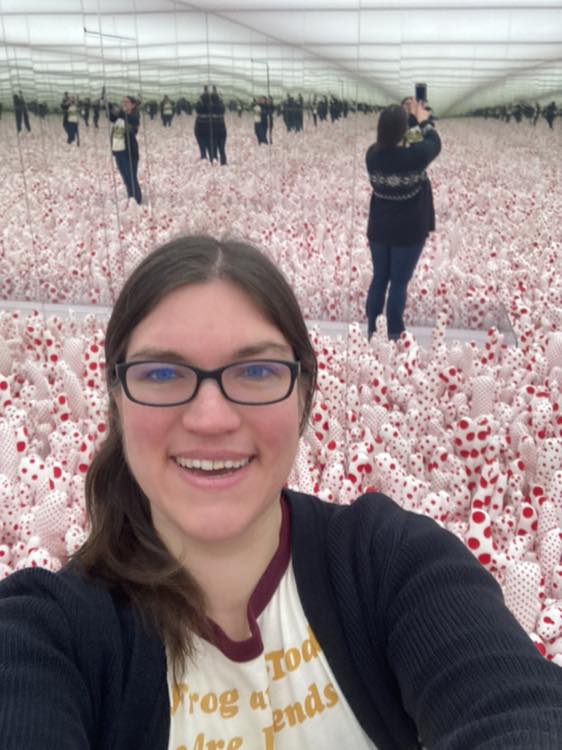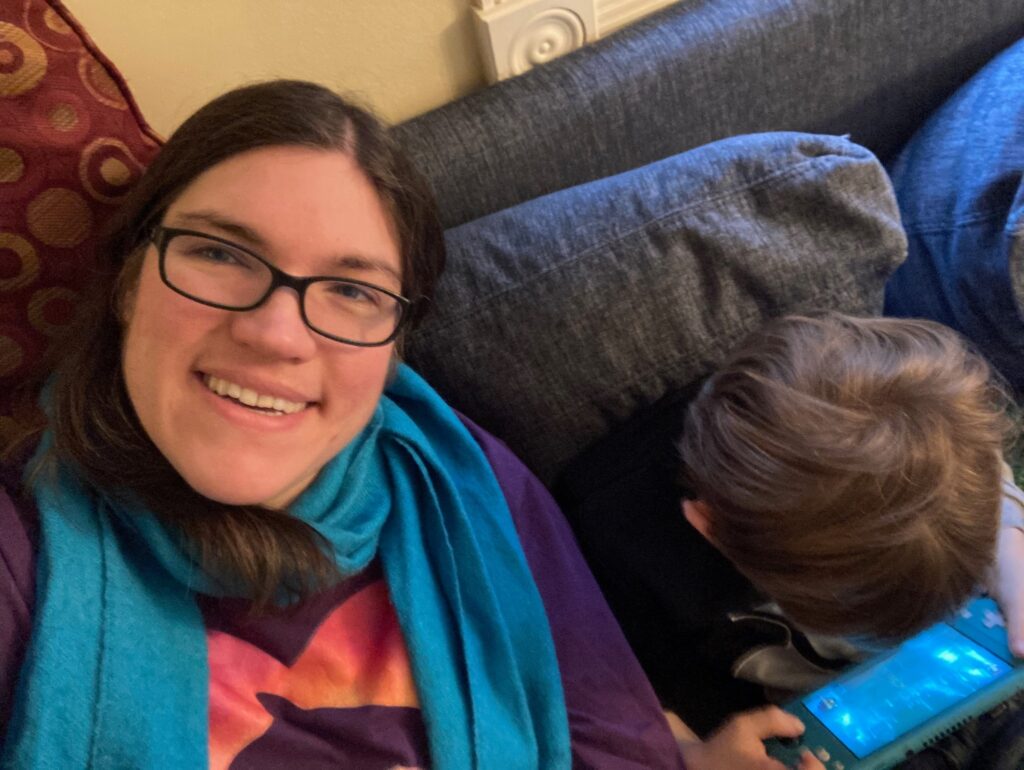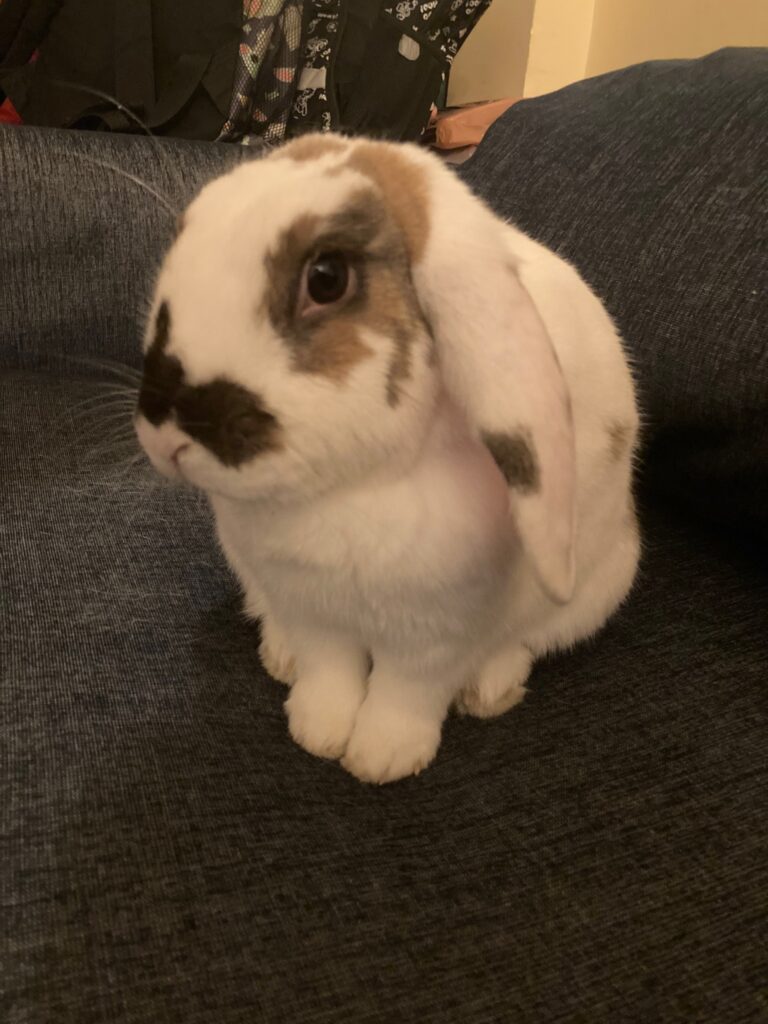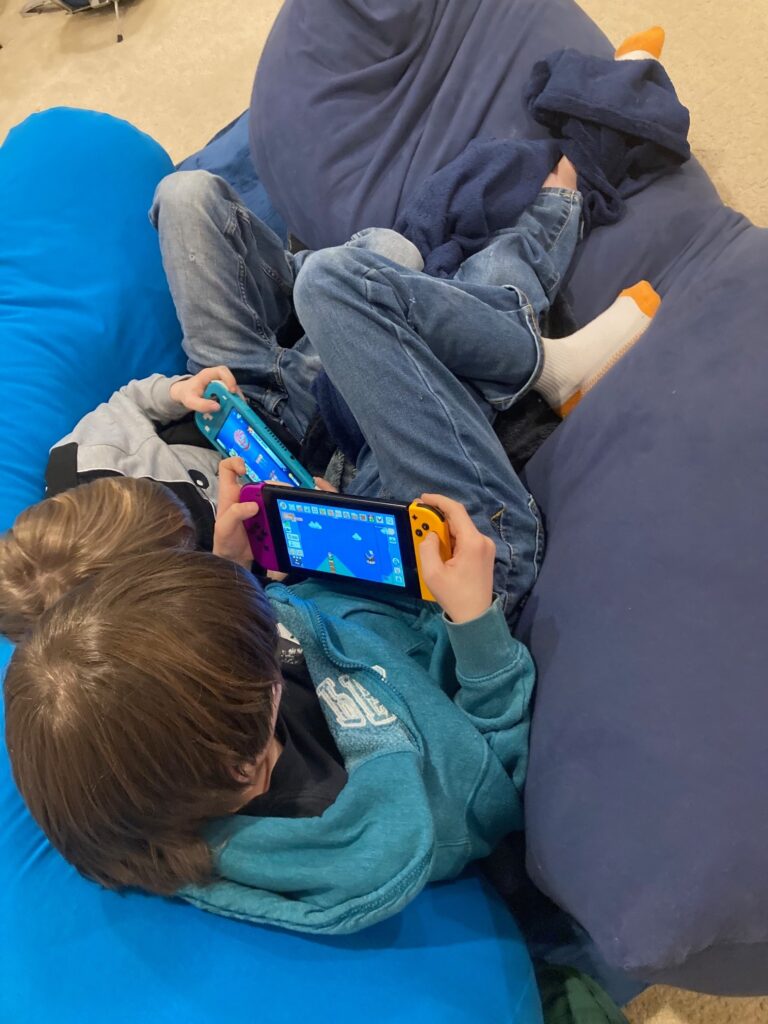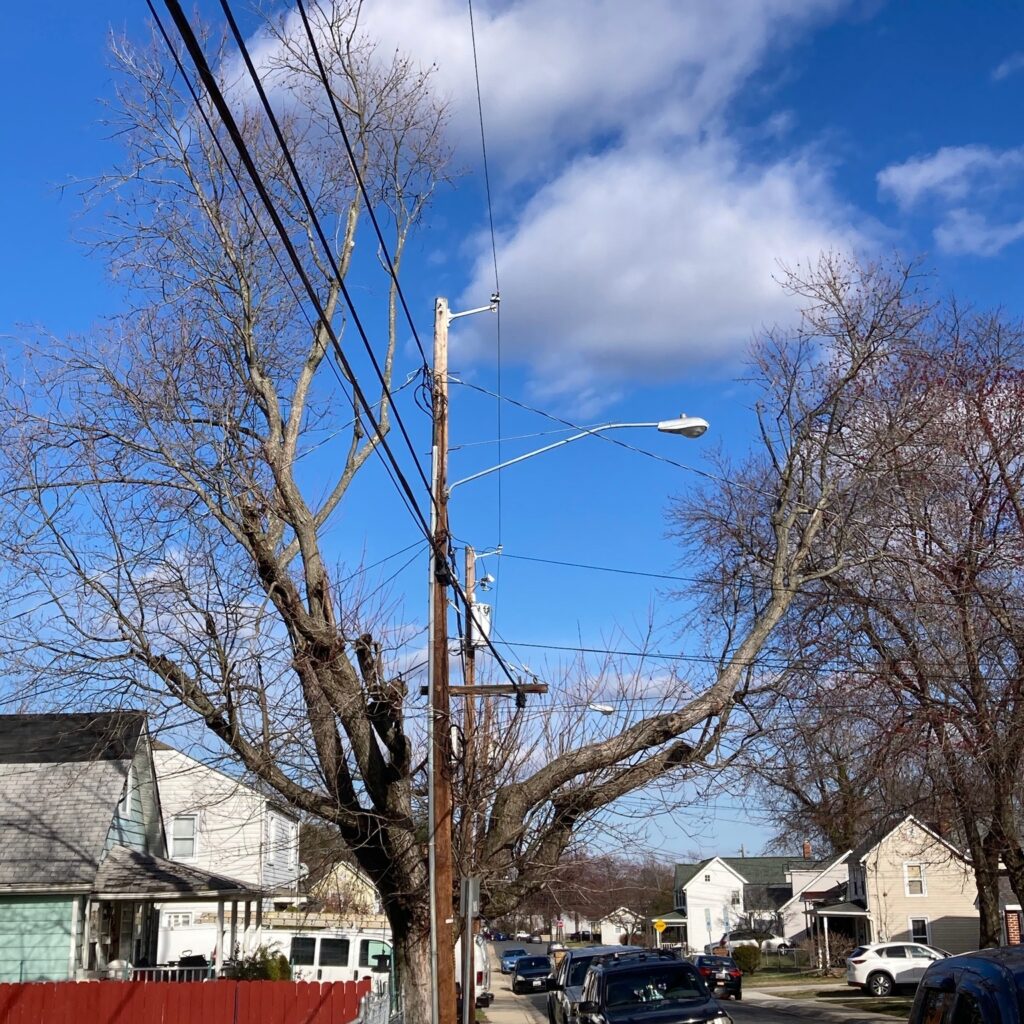
Leaves reach upward, branches split as they rise into the air. There’s a striking gap between the two main branches, an absence of tree and canopy. Through that gap runs a power line, the industrial shaking its way through the biological, ecological. It’s nearly half a tree, restricted. And yet, it is still full in its own way, defiantly standing tall despite being cut again and again.
Some days, I feel like so many of us are that tree. Cut through for the sake of progress, of capitalism, of others’ needs. Having metaphorical branches cut away from us, making it harder to be healthy and whole. Letting go of parts of ourselves and working ourselves to exhaustion because the only other choice is to be cut down altogether.
Continue reading